Baking a cake at home can be a rewarding experience, especially when it turns out just as good as a bakery-style cake. Whether you’re a beginner or an experienced baker, understanding the nuances of baking is key to achieving perfection. In this guide, we will walk you through How to Bake a Cake that not only tastes amazing but also looks professional.
We will cover everything from choosing the right ingredients to mastering baking techniques and decorating like a pro. Follow these detailed steps to bake the perfect cake that will impress your family and friends.
Choose the Right Ingredients for Easy Cake Baking Guide
The foundation of any great cake starts with high-quality ingredients. Here’s what you need:
Flour: Opt for all-purpose or cake flour for a soft texture.
Sugar: Granulated sugar for sweetness and structure.
Eggs: Provide stability and moisture.
Butter or Oil: Butter adds richness, while oil ensures a moist cake.
Milk or Buttermilk: Helps create a tender crumb.
Baking Powder or Baking Soda: Leavening agents to help the cake rise.
Flavoring: Vanilla extract, cocoa powder, or fruit zest for enhanced flavor.
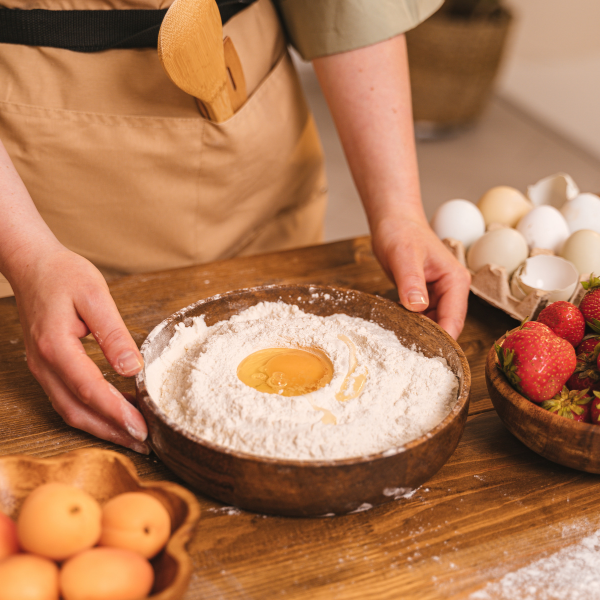
Measure Accurately for baking cake at home
Baking is a science, and precise measurements are crucial. Use measuring cups for dry ingredients and a kitchen scale for best results. Level off ingredients like flour and sugar to avoid excess, which can lead to a dense cake.
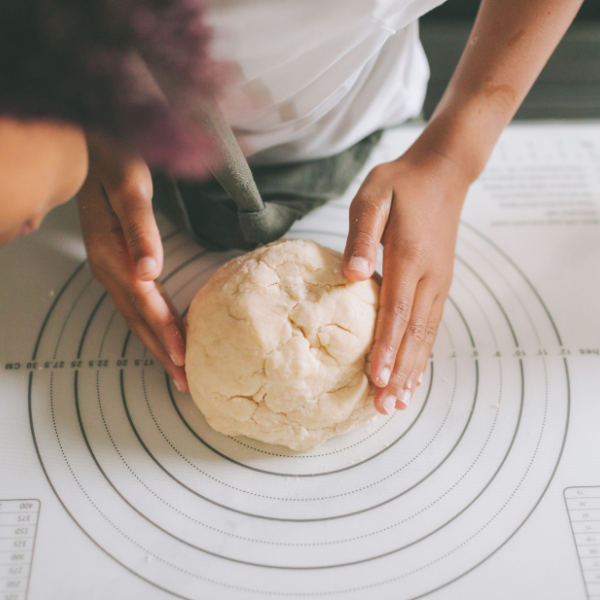
Follow the Right Mixing Techniques
How you mix your ingredients significantly impacts your cake’s texture. Here’s the right method:
Cream Butter and Sugar: This step helps create air pockets for a lighter cake.
Add Eggs One at a Time: Ensures proper emulsification.
Alternate Wet and Dry Ingredients: Prevents over-mixing, which can make the cake tough.

Preheat Your Oven Properly for Moist and Soft Cake
Always preheat your oven to the right temperature before baking. Most cakes bake well at 325°F to 350°F (163°C to 177°C). Preheating ensures even baking and a well-risen cake.

Choose the Right Cake Pan
The type and size of the cake pan affect the baking time and texture. Use non-stick pans or line them with parchment paper. If using a glass or dark-colored pan, lower the oven temperature by 25°F (about 15°C) to prevent over-browning.

Avoid Overbaking
Overbaking results in a dry cake. Use a toothpick test: Insert a toothpick in the center of the cake; if it comes out clean or with a few crumbs, the cake is done.
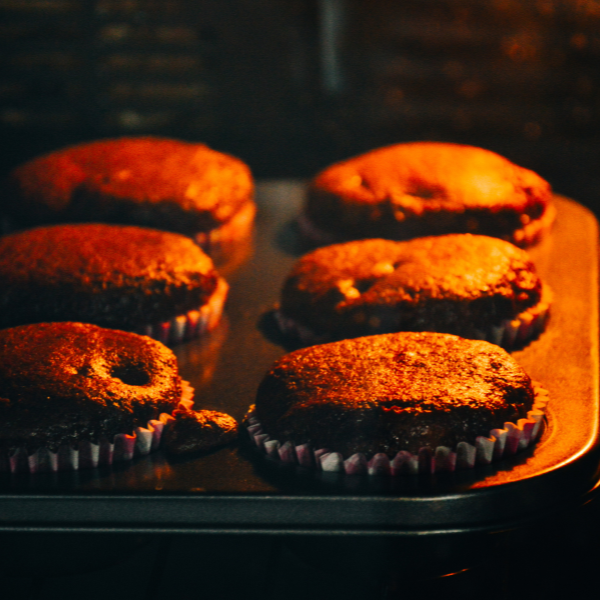
Cooling and Removing the Cake Properly
Let the cake cool in the pan for 10-15 minutes before transferring it to a wire rack.
Run a knife around the edges to loosen the cake.
Allow the cake to cool completely before frosting to avoid melted or runny icing

Master the Art of Frosting
Bakery-style cakes are known for their flawless frosting. Follow these tips:
Use a Crumb Coat: Apply a thin layer of frosting and refrigerate before adding the final layer.
Smooth with a Spatula or Scraper: This ensures an even and professional look.
Experiment with Piping Techniques: Use piping bags to create designs and decorations.
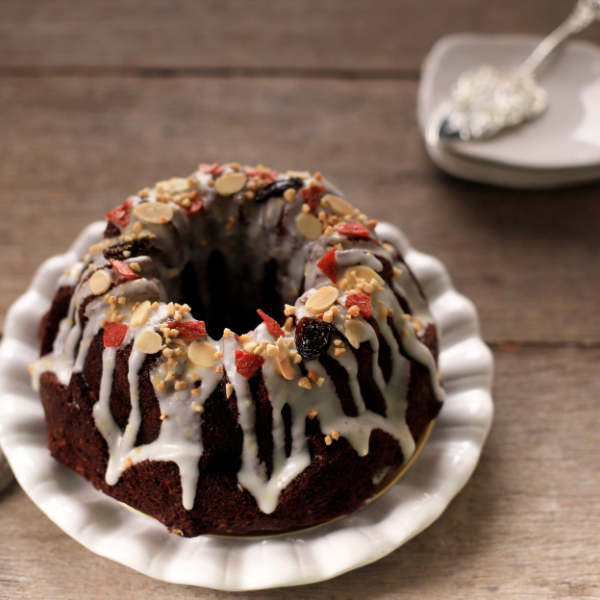
Add a Professional Touch with Decorations
A visually appealing cake enhances the experience. Try these ideas:
Sprinkles and Edible Pearls: For a fun look.
Chocolate Shavings: Adds elegance.
Fresh Fruits: Berries or sliced fruits provide a refreshing taste.
Ganache Drizzle: For a glossy and rich finish.

Store Your Cake Correctly
To keep your cake fresh:
Store at room temperature for up to 2 days.
Refrigerate if using perishable ingredients like cream cheese frosting.
Wrap in plastic wrap and store in an airtight container to prevent dryness.
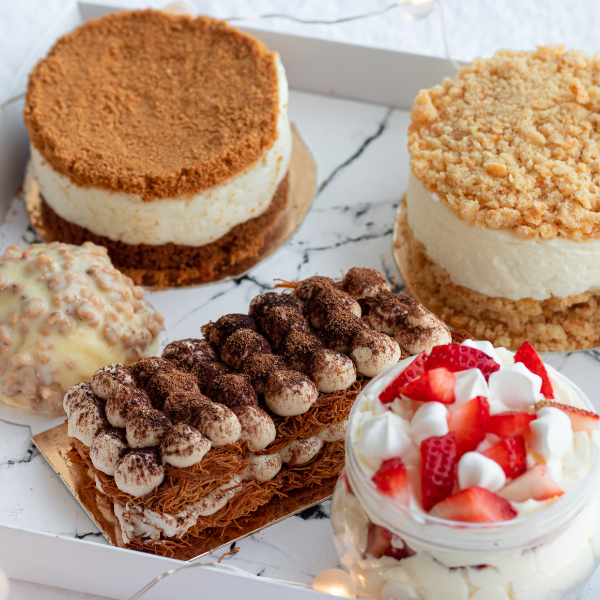
Experiment with Different Flavors
Once you’ve mastered the basics of How to Bake a Cake, try experimenting with different flavors. Some popular variations include:
Chocolate Cake: Add cocoa powder and melted chocolate.
Lemon Cake: Use fresh lemon zest and juice.
Carrot Cake: Incorporate grated carrots and spices.
Red Velvet Cake: A combination of cocoa, buttermilk, and red food coloring.
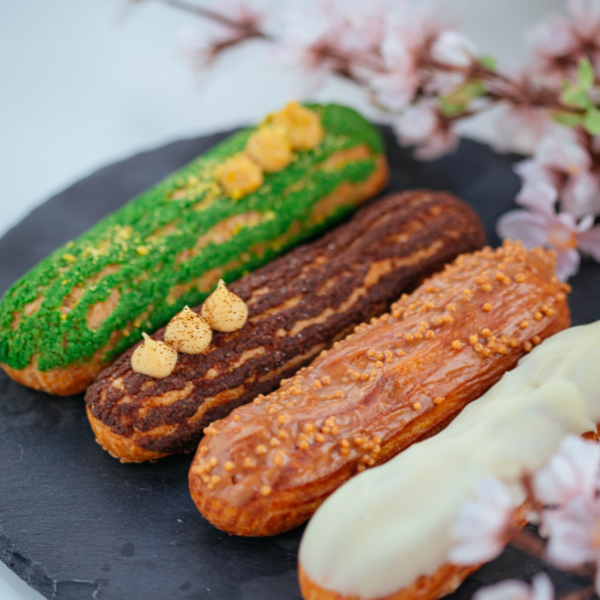
Common Baking Mistakes and How to Avoid Them
Even experienced bakers make mistakes. Here are some common ones and how to fix them:
Dense Cake: Over-mixing or using expired leavening agents.
Cracked Top: Oven temperature too high or overfilling the pan.
Sinking Cake: Opening the oven door too soon or underbaking.
Dry Cake: Overbaking or incorrect ingredient measurements.

The Science Behind Baking
Understanding the science of baking can help you improve your skills. For example:
Gluten Formation: Over-mixing develops gluten, making cakes tough.
Eggs and Structure: Eggs act as binders, adding structure to the cake.
Leavening Agents: Baking powder and baking soda create air bubbles for a light texture.
Fat Content: Butter and oil contribute to moisture and richness.

Tips for Perfect Layer Cakes
Layer cakes look impressive and taste even better. Here’s how to make them like a pro:
Level Each Layer: Use a serrated knife to trim the tops.
Evenly Spread Frosting: Use a turntable for smooth application.
Stack Carefully: Ensure each layer is aligned properly.
Chill Between Layers: This helps stabilize the cake before serving.
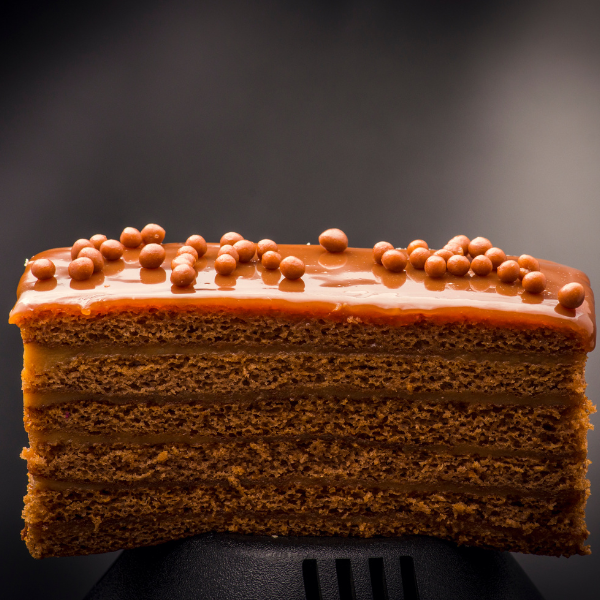
Conclusion
Baking a bakery-style cake at home is all about precision, patience, and creativity. By following these expert tips on How to Bake a Cake, you can create delicious, moist, and visually stunning cakes right in your kitchen.
So, gather your ingredients, preheat your oven, and start baking the perfect cake today! Whether for birthdays, celebrations, or just to satisfy a sweet tooth, your homemade cake will surely be a showstopper.